Quantum dots monitor changes in cancer cells
A team of investigators at Johns Hopkins University has developed a quantum dot-based method that can quantify DNA methylation in premalignant cells harvested from human patients.
Jul 21st, 2009
Read more
A team of investigators at Johns Hopkins University has developed a quantum dot-based method that can quantify DNA methylation in premalignant cells harvested from human patients.
Jul 21st, 2009
Read moreUsing a 'chemical nose' array of nanoparticles and polymers, researchers at the University of Massachusetts Amherst have developed a fundamentally new, more effective way to differentiate not only between healthy and cancerous cells but also between metastatic and nonmetastatic cancer cells.
Jul 21st, 2009
Read moreA new report suggests that targeted nanoparticles may be able to overcome the dose-limiting toxicities of arsenic trioxide while simultaneously boosting this chemical's anticancer activity.
Jul 21st, 2009
Read moreMonitoring a tumor for weeks or months after the biopsy and tracking its growth and how it responds to treatment would be much more valuable, says Michael J. Cima, who has developed the first implantable device that can do just that.
Jul 21st, 2009
Read more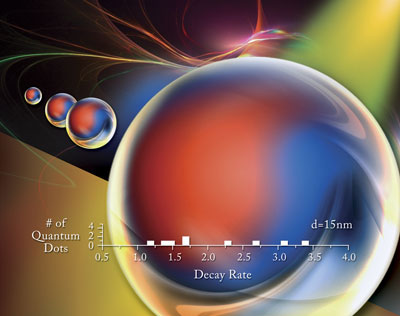 Scientists at Argonne National Laboratory's CNM Nanophotonics Group have measured how light emission from individual colloidal semiconductor nanocrystals, or quantum dots, is modified when in proximity to smooth metal films.
Scientists at Argonne National Laboratory's CNM Nanophotonics Group have measured how light emission from individual colloidal semiconductor nanocrystals, or quantum dots, is modified when in proximity to smooth metal films.
Jul 20th, 2009
Read moreFour of R&D Magazine's prestigious R&D 100 Awards for 2009, which recognize the 100 most significant proven technological advances of the year, have gone to researchers at the U.S. Department of Energy's Lawrence Berkeley National Laboratory and their colleagues.
Jul 20th, 2009
Read moreResearchers from the U.S. Department of Energy's Argonne National Laboratory received four R&D 100 awards.
Jul 20th, 2009
Read moreAt the EuroNanoMedicine 2009 conference, leading experts from various disciplines such as medicine, nanotechnology, chemistry, cell biology and toxicology will present and discuss recent progress and results. The conference will take place on September 28-30, 2009 in Bled, Slovenia.
Jul 20th, 2009
Read more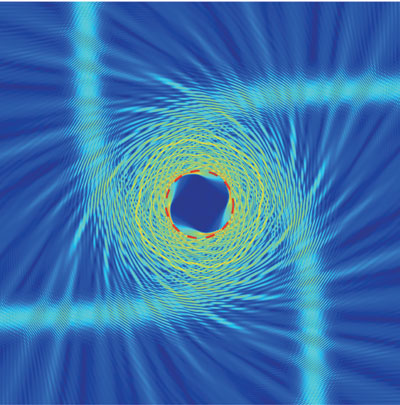 Even Albert Einstein might have been impressed. His theory of general relativity, which describes how the gravity of a massive object, such as a star, can curve space and time, has been successfully used to predict such astronomical observations as the bending of starlight by the sun, small shifts in the orbit of the planet Mercury and the phenomenon known as gravitational lensing. Now, however, it may soon be possible to study the effects of general relativity in bench-top laboratory experiments.
Even Albert Einstein might have been impressed. His theory of general relativity, which describes how the gravity of a massive object, such as a star, can curve space and time, has been successfully used to predict such astronomical observations as the bending of starlight by the sun, small shifts in the orbit of the planet Mercury and the phenomenon known as gravitational lensing. Now, however, it may soon be possible to study the effects of general relativity in bench-top laboratory experiments.
Jul 20th, 2009
Read morePhysicists at New York University have developed a technique to record three-dimensional movies of microscopic systems, such as biological molecules, through holographic video. The work has potential to improve medical diagnostics and drug discovery.
Jul 20th, 2009
Read moreTwo international coalitions of NGOs, the European Environmental Bureau and the International POPs Elimination Network (IPEN) Nanotechnology Working Group, have challenged industry claims about the potential environmental benefits provided by nanotechnology products.
Jul 20th, 2009
Read moreElsevier today announces the 'Article of the Future' project, an ongoing collaboration with the scientific community to redefine how a scientific article is presented online. The project takes full advantage of online capabilities, allowing readers individualized entry points and routes through content, while exploiting the latest advances in visualization techniques.
Jul 20th, 2009
Read moreEnable IPC Corporation today released an on-demand webcast designed as a brief introductory overview of ultracapacitors.
Jul 20th, 2009
Read more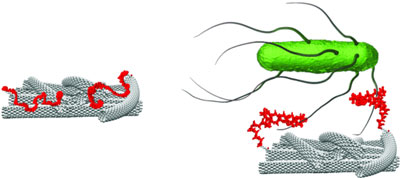 A Spanish research team has developed a novel biosensor with which they have been able to detect extremely low concentrations of the typhus-inducing Salmonella typhi.
A Spanish research team has developed a novel biosensor with which they have been able to detect extremely low concentrations of the typhus-inducing Salmonella typhi.
Jul 20th, 2009
Read more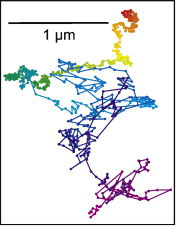 In future therapies, synthetic nanoparticles may well be able to ferry medicines and even genes to targets inside the body. These nanovehicles can now be directly tested and optimized using a highly sensitive microscopic method that can trace single particles all the way into a cell.
In future therapies, synthetic nanoparticles may well be able to ferry medicines and even genes to targets inside the body. These nanovehicles can now be directly tested and optimized using a highly sensitive microscopic method that can trace single particles all the way into a cell.
Jul 20th, 2009
Read more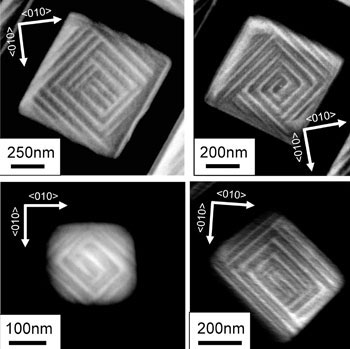 British and German scientists claim they have directly observed how domain states form in nanometre-scale ferroelectric crystals for the first time.
British and German scientists claim they have directly observed how domain states form in nanometre-scale ferroelectric crystals for the first time.
Jul 20th, 2009
Read more